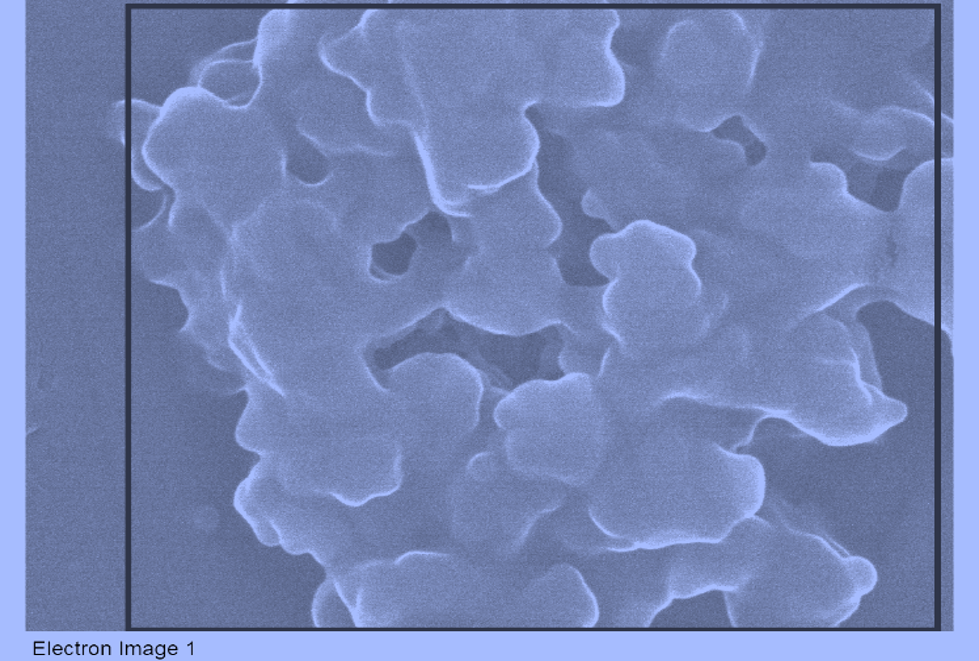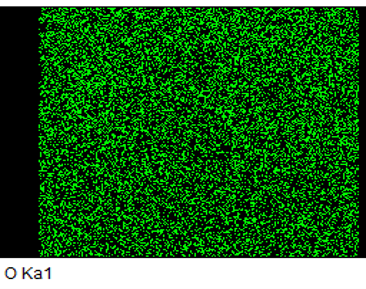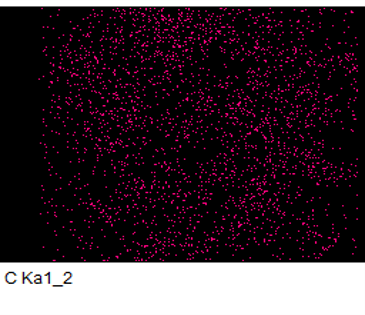Description
EDX (Energy Dispersive X-ray Spectroscopy) is a powerful analytical technique often used in conjunction with Scanning Electron Microscopy (SEM), including Field Emission Scanning Electron Microscopy (FESEM), to characterize the elemental composition of materials such as Carbon Nanoparticles (CNPs).
Key Aspects of EDX for CNPs:
- Elemental Composition: EDX provides qualitative and quantitative information about the elements present in the CNPs. It can detect elements ranging from boron to uranium, including carbon, which is crucial for verifying the presence and purity of CNPs.
- X-ray Emission: When the CNPs are irradiated with an electron beam in the SEM/FESEM, they emit characteristic X-rays. EDX measures these X-rays and identifies the elements based on their specific energy levels.
- Spectrum Analysis: The EDX spectrum displays peaks corresponding to the energies of X-rays emitted from different elements. By analyzing the position and intensity of these peaks, you can determine the elemental composition of the CNPs.
- Spatial Resolution: EDX can provide spatially resolved elemental maps, allowing you to see how different elements are distributed within the CNPs. This is useful for detecting any contaminants or assessing the uniformity of coatings.
- Detection Limits: EDX is generally effective for elements present in concentrations of 1% or higher. For very low concentrations, other complementary techniques might be necessary.
- Sample Preparation: CNPs need to be properly prepared and mounted to ensure accurate EDX analysis. This often involves dispersing the nanoparticles on a conductive substrate.
- Applications: EDX can help in applications such as verifying the composition of synthesized CNPs, understanding their chemical environment, and assessing the quality of the product in research and industrial processes.



